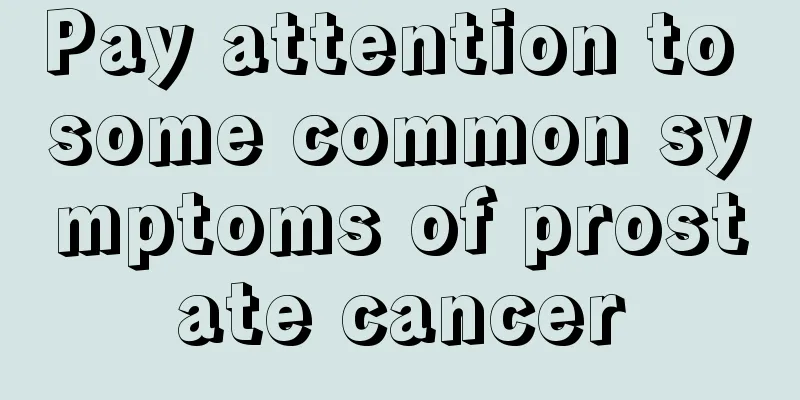What is the treatment for Helicobacter pylori

|
Many gastrointestinal diseases are very common in clinical practice. The vast majority of gastrointestinal diseases are related to Helicobacter pylori infection. Therefore, when treating gastrointestinal diseases, it is necessary to treat them fundamentally and pay attention to the right medicine for the right disease. Helicobacter pylori is contagious to a certain extent, and there are many methods of treatment. In addition to conventional treatment, you should also pay attention to it in your daily life. So what is the treatment for Helicobacter pylori? 1. Drug treatment The current mainstream treatments for Helicobacter pylori are triple therapy and quadruple therapy, with a course of 1 or 2 weeks, generally 1 week, and no more than 2 weeks (except for special patients). The common triple therapy is an antacid: omeprazole, pantoprazole, rabeprazole, etc., plus two antibiotics, generally amoxicillin plus clarithromycin. If you are allergic to penicillin, metronidazole plus clarithromycin can be used. There are three drugs in total, so it is called triple therapy; if it is quadruple therapy, bismuth agents such as Livzonide and Bismuth Pectin are added to the first three. In fact, the choice of drugs is not absolute. Generally, an antacid plus two antibiotics is considered triple therapy, and a bismuth agent plus an antacid plus two antibiotics is considered quadruple therapy. 2. Sterilization treatment Helicobacter pylori is generally in the shape of short rods. After using antibiotics, if targeted antibiotics are not used or the antibiotics are not taken to the required dosage and course, it will become spherical, which will make it resistant to antibiotics to a certain extent. Therefore, patients who have taken antibiotics will be affected in the detection and treatment of Helicobacter pylori. It is recommended to wait one month after using antibiotics before conducting treatment to kill Helicobacter pylori. 3. Others Attention should be paid to oral hygiene before eradicating Helicobacter pylori. Use mouthwash and antibacterial toothpaste for a period of time to repair oral problems such as cavities, tartar, tartar, etc. You can replace your toothbrush first. Don't put the toothbrush in the bathroom, but put it where the sun can shine. Bathrooms without windows should be sterilized and disinfected regularly with ultraviolet lamp for more than 30 minutes. Do not mix cups, water cups, and stainless steel thermos cups, and steam and disinfect them frequently, especially during drug treatment. Separate meals and disinfect the bowls and chopsticks. |
<<: What to do if Helicobacter pylori is positive
>>: What are the symptoms of Helicobacter pylori infection
Recommend
Will lymphadenitis turn into lymphoma?
Can lymphadenitis turn into lymphoma? 1. Lymphade...
What are genetically modified foods? Learn how to identify genetically modified foods
Genetically modified foods are now everywhere in ...
6 ways to relieve itching caused by skin allergies
If the skin is allergic, it will often cause symp...
Early symptoms and signs of thyroid cancer
The early symptoms and precursors of thyroid canc...
How to fry eggs without sticking in the pan
Fried eggs are a very popular food, and many peop...
It is easy to blush in winter
Blushing is a facial phenomenon caused by the exp...
What are the benefits of wearing massage slippers
With increasing attention paid to physical health...
What are the symptoms of small cell lung cancer
Speaking of cancer, everyone will feel very scare...
What is the cause of varicose veins in the right lower limb?
Varicose veins on the right lower limb is a very ...
How long does it take for temporomandibular joint disorder to heal
Temporomandibular joint disorder is a relatively ...
What rice cooker can cook porridge without overflowing
The rice cooker can not only be used to cook, but...
What to do if thighs are rubbed
Many people feel that their thigh roots are rubbe...
How to care after lymphoma surgery
In clinical practice, lymphoma patients should no...
The difference between mulberry silk and tussah silk
There is not much difference between mulberry sil...
How to spray perfume_How to spray perfume correctly
Perfume is a product that many women use nowadays...









